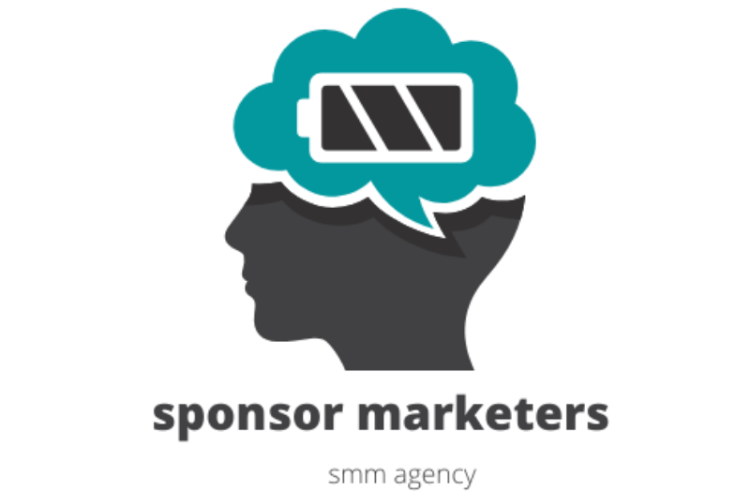Running a small business comes with various challenges, and one of the most crucial aspects is managing finances effectively. With the advancements in technology, small business owners now have access to powerful accounting software that can simplify and automate their financial management processes. In this article, we will explore the benefits of small business accounting software and discuss how it can help streamline your financial operations.
Table of Contents
Understanding Small Business Accounting Software
Key Features of Small Business Accounting Software
Choosing the Right Small Business Accounting Software
Implementing Small Business Accounting Software
Streamlining Bookkeeping with Small Business Accounting Software
Automating Invoicing and Expense Tracking
Managing Payroll Efficiently
Generating Financial Reports and Analysis
Enhancing Tax Compliance with Accounting Software
Integrating Small Business Accounting Software with Other Tools
Enhancing Data Security with Accounting Software
Scalability and Growth Opportunities
Training and Support for Small Business Accounting Software
Cost Considerations and Return on Investment (ROI)
Conclusion
1. Understanding Small Business Accounting Software
Small business accounting software is a digital tool designed to help entrepreneurs and small business owners manage their financial transactions, recordkeeping, and reporting. It provides a centralized platform for tracking income, expenses, invoicing, payroll, and generating financial statements.
2. Key Features of Small Business Accounting Software
Small business accounting software offers a wide range of features to simplify financial management. Some essential features include:
Invoicing and Billing: Create and send professional invoices to clients, track payments, and manage billing cycles.
Expense Tracking: Record and categorize expenses, link them to specific projects or clients, and easily track spending.
Bank Reconciliation: Automatically match bank transactions with recorded entries, ensuring accurate and up-to-date financial data.
Financial Reporting: Generate various financial reports, such as balance sheets, income statements, and cash flow statements.
Payroll Management: Calculate and manage employee salaries, tax deductions, and generate payroll reports.
Tax Preparation: Simplify tax compliance by automating tax calculations and generating reports for tax filing.
Inventory Management: Track and manage inventory levels, monitor product sales, and streamline procurement processes.
3. Choosing the Right Small Business Accounting Software
When selecting small business accounting software, consider the following factors:
Business Needs: Assess your specific financial management requirements and choose software that meets those needs.
Scalability: Ensure the software can accommodate your business's growth and handle increased data and transaction volumes.
User-Friendly Interface: Opt for software with an intuitive interface, as it will be easier for you and your team to navigate and use effectively.
Integration Capabilities: Check if the software can integrate with other tools and systems you use, such as CRM or e-commerce platforms.
Data Security: Prioritize software that offers robust security measures to protect your financial data from unauthorized access.
Cost and Pricing: Consider the software's pricing structure, including monthly or annual subscription fees and additional costs for advanced features.
4. Implementing Small Business Accounting Software
Once you have chosen the right small business accounting software, the implementation process is crucial. Follow these steps for a successful implementation:
Data Migration: Transfer existing financial data from spreadsheets or other software to the new accounting system.
Customization: Set up your chart of accounts, tax rates, and other configurations to align with your business's financial structure.
Training: Provide training to your team members to ensure they can effectively utilize the software's features and functionalities.
Testing and Adjustment: Test the software thoroughly and make any necessary adjustments before fully transitioning to the new system.
Ongoing Support: Establish a support system or contact the software provider for any troubleshooting or assistance required.
5. Streamlining Bookkeeping with Small Business Accounting Software
Small business accounting software significantly simplifies bookkeeping processes. It enables you to:
Automate Data Entry: Reduce manual data entry by importing bank transactions and integrating the software with other financial tools.
Categorize Transactions: Classify income and expenses into specific categories, making it easier to track and analyze financial data.
Manage Accounts Receivable and Payable: Monitor outstanding invoices and streamline payment collection and vendor bill payments.
Track Sales and Revenue: Keep a record of product sales, monitor revenue streams, and identify top-performing products or services.
Manage Cash Flow: Monitor cash flow in real-time, identify potential cash gaps, and make informed financial decisions.
6. Automating Invoicing and Expense Tracking
Small business accounting software provides efficient solutions for invoicing and expense tracking. With automation capabilities, you can:
Create Professional Invoices: Customize invoice templates with your logo, business details, and payment terms, and easily send them to clients.
Track Invoice Status: Monitor the status of invoices, including sent, viewed, paid, or overdue, ensuring prompt follow-up actions.
Automate Payment Reminders: Send automated payment reminders to clients for overdue invoices, improving cash flow.
Capture Receipts Digitally: Take photos or upload digital receipts directly into the software, eliminating the need for paper-based filing.
7. Managing Payroll Efficiently
Payroll management is a critical task for small businesses, and accounting software simplifies the process. It allows you to:
Calculate Employee Salaries: Automate payroll calculations based on employee hours, salaries, and tax deductions.
Generate Payslips: Create detailed payslips for employees, outlining salary components, deductions, and net pay.
Track Vacation and Sick Leaves: Maintain a record of employee leaves and integrate them into the payroll system for accurate salary calculations.
Automate Tax Withholding: Automatically calculate and deduct taxes from employee salaries, ensuring compliance with tax regulations.
8. Generating Financial Reports and Analysis
Small business accounting software empowers you to generate comprehensive financial reports and perform analysis. You can:
Generate Balance Sheets and Income Statements: Obtain up-to-date financial statements, giving insights into your business's financial health.
Analyze Cash Flow: Track cash inflows and outflows, identify trends, and make informed decisions to optimize cash flow.
Monitor Profitability: Analyze revenue and expenses, calculate profit margins, and identify areas for cost reduction or revenue improvement.
Compare Periodic Performance: Compare financial data across different time periods to identify growth or decline trends.
Export Data: Export financial data into spreadsheets or accounting tools for further analysis or sharing with stakeholders.
9. Enhancing Tax Compliance with Accounting Software
Tax compliance is a crucial aspect of running a small business, and accounting software simplifies tax-related tasks. It helps you:
Automate Tax Calculations: Automatically calculate taxes based on applicable rates and regulations, reducing errors and saving time.
Generate Tax Reports: Generate tax reports, such as sales tax summaries or VAT reports, required for filing tax returns.
Maintain Audit Trail: Keep a detailed record of financial transactions, providing an audit trail for tax authorities, if required.




0 Comments